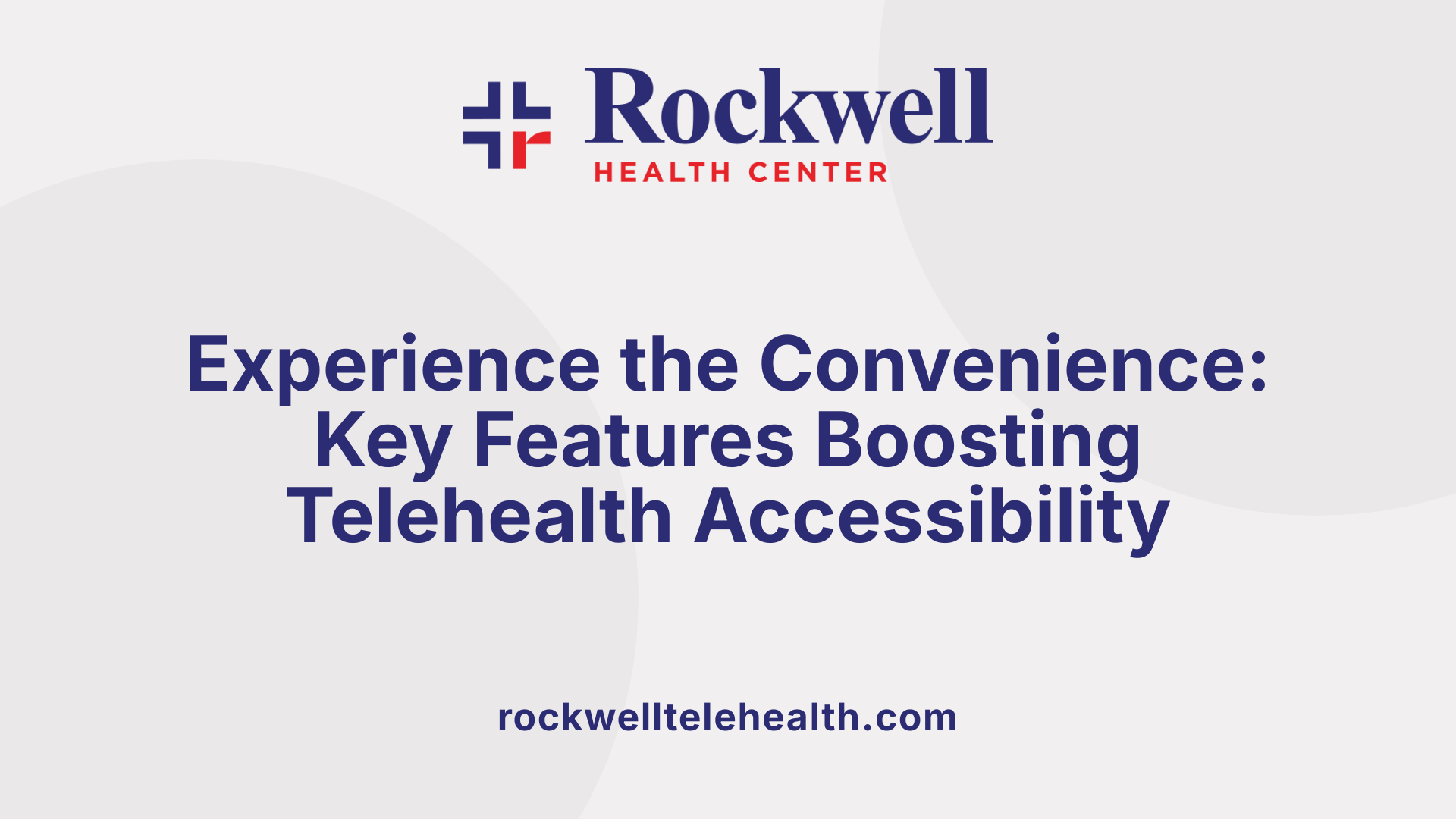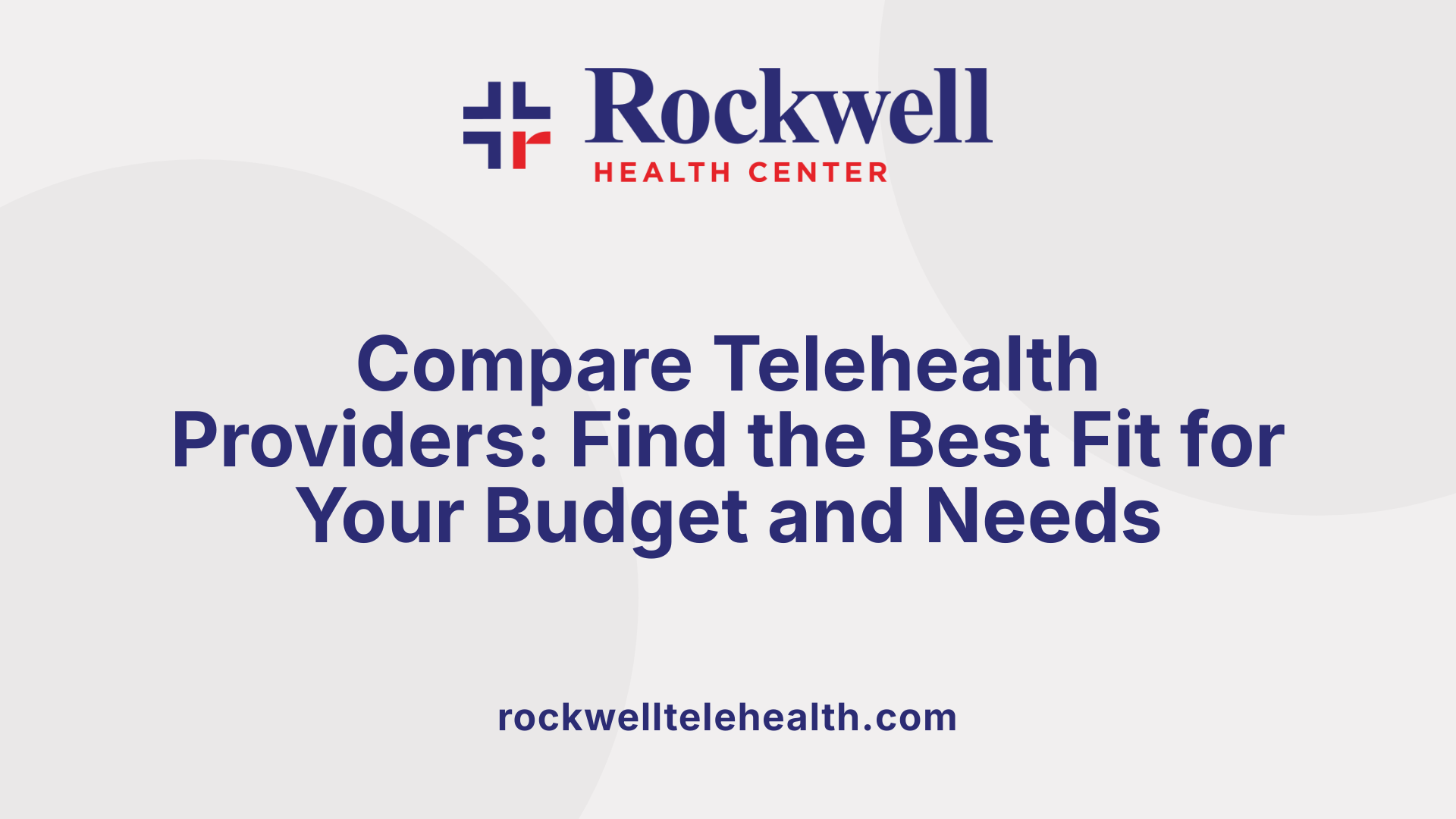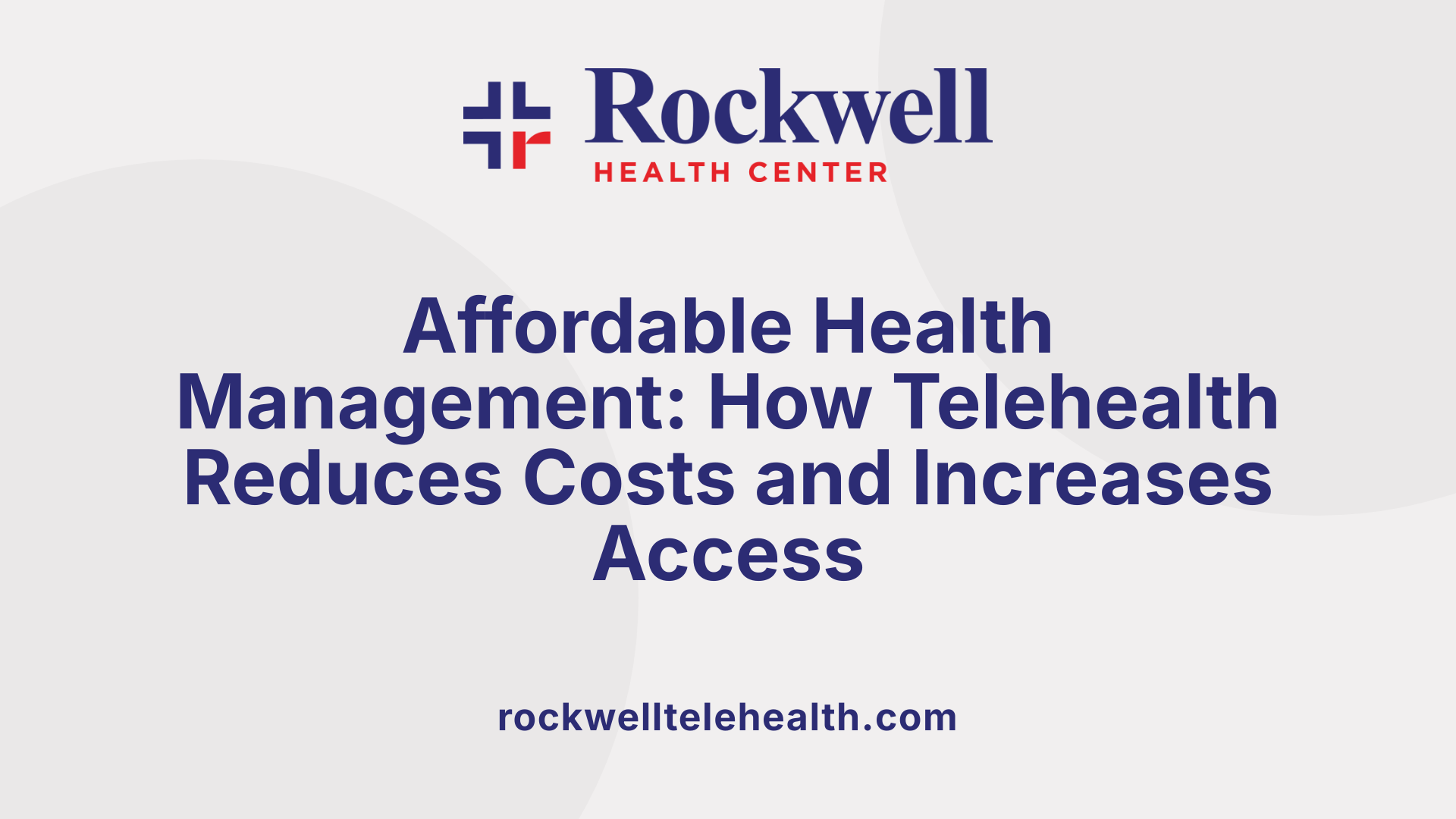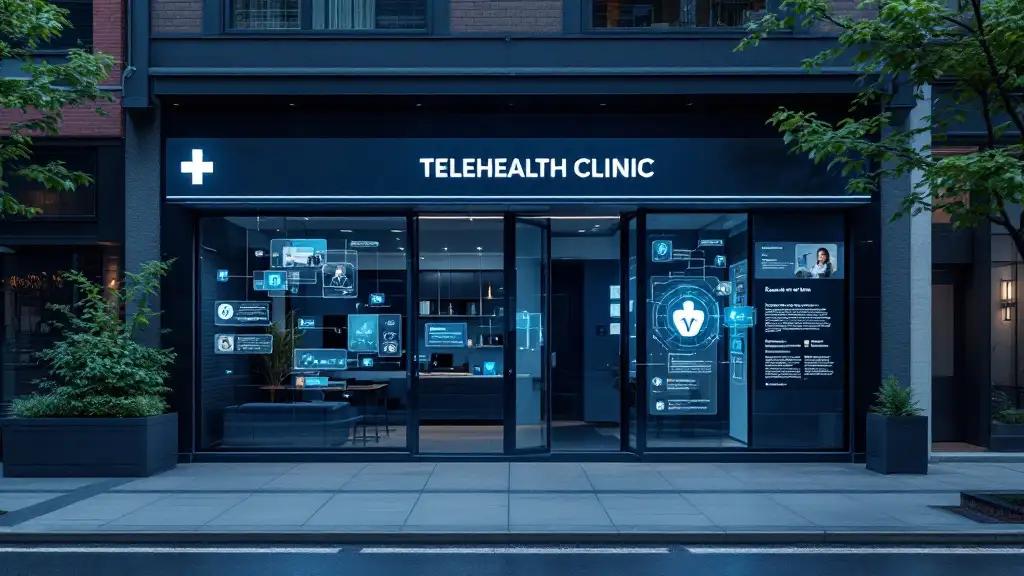Introduction to Affordable Telehealth Programs
In recent years, telehealth has transformed the landscape of healthcare by making medical services more accessible, affordable, and convenient. For individuals seeking to manage their health without the burdens of traditional insurance or high costs, there are numerous platforms and programs designed to deliver quality care from the comfort of home. This article explores the features, benefits, and comparisons of various telehealth solutions that simplify health management, emphasizing affordability and ease of use.
Overview of Affordable Telehealth Programs and Their Role in Simplifying Health Management
What are some affordable telehealth programs that simplify health management?
Affordable telehealth initiatives are transforming healthcare accessibility by offering low-cost, convenient options for patients across the United States. One notable example is GoodRx Care, which provides virtual visits and prescriptions typically costing less than $20, all without requiring insurance coverage. Such programs make healthcare affordable for a broader population, reducing barriers to timely treatment.
In addition to GoodRx Care, several other platforms have gained popularity for their user-friendly and cost-effective services. These include K Health, Doctor on Demand, Teladoc, and MDLive. They support a wide range of healthcare needs, from urgent care and mental health counseling to managing chronic conditions. These services often feature easy-to-use mobile apps compatible with both iOS and Android devices, enhancing convenience for users.
Most of these platforms prioritize security and privacy, utilizing secure messaging and asynchronous communication to allow patients to consult with providers at their convenience. Many services even operate 24/7, ensuring rapid access to medical advice and prescriptions when needed. Pricing transparency is common, with some services offering flat-rate visits, some covered by insurance, and others available on a pay-per-visit basis.
For instance, WebDoctors and Sesame provide around-the-clock access to healthcare across all U.S. states, delivering quick responses and straightforward billing processes. Such platforms are especially valuable for busy individuals, those in remote or underserved areas, or anyone seeking quick, reliable healthcare without significant costs.
By reducing the costs and logistical hurdles associated with traditional visits, these telehealth programs promote proactive health management, early intervention, and ongoing treatment adherence. They exemplify how technology can simplify healthcare and make it more accessible, affordable, and efficient for all.
| Program Name | Typical Cost per Visit | Services Offered | Device Compatibility | Additional Features |
|---|---|---|---|---|
| GoodRx Care | Under $20 | Virtual visits, prescriptions | iOS, Android | Same-day prescriptions, no insurance needed |
| K Health | Varies, often <$20 | Urgent care, symptom checker | iOS, Android | AI-driven symptom analysis, asynchronous chat |
| Doctor on Demand | Varies, often <$50 | Urgent care, mental health, chronic conditions | iOS, Android | Video visits, secure messaging |
| Teladoc | $89–$119 (no insurance) | General health, mental health | iOS, Android | On-demand access, prescriptions sent to local pharmacy |
| MDLive | Similar to Teladoc | Urgent, mental health, dermatology | iOS, Android | 24/7 availability, quick response times |
These programs exemplify how telehealth can empower individuals to manage their health effectively and affordably, minimizing the need for costly in-person visits while maintaining high-quality care.
Features and Benefits of Telehealth Platforms That Boost Accessibility and Ease of Use

What features and benefits do telehealth platforms offer to enhance accessibility and ease of use?
Telehealth platforms incorporate various features designed to make healthcare more accessible and user-friendly. They typically include intuitive interfaces and mobile applications, enabling patients to connect with providers from any location, whether at home or work. This flexibility removes the need for travel and reduces waiting times.
Real-time audio and video consultations are standard, allowing patients to speak directly with healthcare professionals without leaving their comfort zones. These virtual visits not only save time but also minimize exposure risks, which is particularly crucial during infectious outbreaks like COVID-19.
Beyond consultations, many platforms support remote patient monitoring, allowing continuous observation of chronic conditions through connected devices. Secure messaging and efficient health data transmission also facilitate ongoing communication and management outside scheduled visits.
The pandemic accelerated telehealth adoption, making it more integrated into daily life. Patients now enjoy quick scheduling, easy access to care, and seamless follow-ups using devices they already know and trust.
In summary, telehealth platforms improve healthcare access by eliminating geographical barriers and offering convenient, safe, and continuous care options. These technological tools are transforming traditional healthcare workflows into more patient-centered, flexible systems, ensuring medical support is always within reach.
Comparing Telehealth Service Providers and Their Offerings and Costs

How do different telehealth service providers compare in their offerings and costs?
Telehealth providers vary widely in what services they offer and how they structure their pricing. Some platforms focus on accessible, straightforward healthcare, while others prioritize specialized or integrated services.
For example, Sesame Care offers a broad spectrum of primary, urgent, and mental health services with transparent, pay-as-you-go pricing. They also provide optional membership plans that might reduce costs further for frequent users. Their model emphasizes affordability and clear options.
HealthTap, on the other hand, emphasizes ongoing care by connecting patients with their chosen doctors through a subscription model. Patients pay a monthly fee for access to a dedicated network of providers, fostering consistent care.
Hims & Hers mainly concentrates on personal wellness and health products, targeting lifestyle and minor health issues. They typically operate without insurance, offering direct-to-consumer products and consultations that focus on convenience.
MDLive accepts most major insurance plans, making it a popular choice for insured patients seeking quick consultations for common health conditions. Its broad insurance acceptance simplifies billing and can reduce out-of-pocket expenses.
Dr. B provides services at little or no cost for qualifying individuals, mainly focusing on mental health and chronic disease management, emphasizing affordability.
Amwell offers specialized services such as second opinions and urgent care, often at a higher price point. Many of its services can be covered by insurance, which can help offset costs.
Amazon's One Medical combines a membership-based primary care system with the convenience of virtual and in-office visits. Its plans are often partially covered by insurance, aiming to blend convenience with traditional healthcare benefits.
| Provider | Service Focus | Cost Structure | Insurance Acceptance | Notable Features |
|---|---|---|---|---|
| Sesame Care | Primary, urgent, mental health | Transparent pricing, memberships optional | No (pay per visit) | Clear pricing, focus on affordability |
| HealthTap | Continuity of care, doctor network | Monthly subscription fee | Yes | Access to chosen doctors, ongoing care |
| Hims & Hers | Personal wellness, minor health | No insurance, products and consultations | No | Lifestyle health focus |
| MDLive | General health, mental health | Pay per visit, insurance accepted | Yes | Broad insurance coverage |
| Dr. B | Mental health, chronic conditions | No-cost for qualifying patients | Limited | Focus on low-cost or no-cost services |
| Amwell | Specialized services, second opinions | Higher costs, insurance often covers | Yes | Expert second opinions, urgent care |
| Amazon One Medical | Primary care, integrated services | Membership plans, some insurance coverage | Partial coverage | Membership model, hybrid care approach |
Overall, choosing a telehealth provider depends on individual needs, insurance status, and preferred services. Some focus on affordability and transparency, while others prioritize comprehensive, specialized, or integrated care options.
Cost-Effective Telehealth Solutions: Pricing and Plans
Many telehealth platforms now offer affordable options designed to make virtual care accessible for everyone. For example, GoodRx Care provides online visits for less than $20, and it accepts patients without insurance, reducing barriers to care.
In addition, apps like Teladoc and MinuteClinic offer straightforward pricing structures, with typical costs ranging from about $59 to $119 per visit. These prices are often covered or partially covered by insurance, further lowering out-of-pocket expenses.
Insurance plans increasingly include telehealth services as part of their coverage. This inclusion often means no additional charges for virtual visits, making healthcare both convenient and budget-friendly.
Subscription services such as Doctor On Demand and Teladoc provide ongoing mental health support at fixed monthly rates. These membership plans help users manage costs while accessing continuous mental health care.
Furthermore, new options like Amazon One Medical have introduced virtual visits starting at just $29. Pay-per-visit models are also available, offering flexibility for those seeking occasional care without the commitment of a subscription.
Overall, the landscape of telehealth is shifting toward lower costs with numerous plans and services designed to keep healthcare affordable, especially for those without extensive insurance coverage or on a tight budget.
Facilitating Health Management Without Insurance or High Expenses Through Telehealth

How do virtual care services facilitate health management without requiring insurance or high expenses?
Virtual care services make healthcare more accessible by offering affordable and flexible payment options. Many platforms provide lower-cost solutions and do not depend solely on insurance coverage, which helps reduce out-of-pocket expenses for patients. By substituting appropriate in-person visits with virtual consultations, they can cut down hospital and urgent care costs, leading to overall savings.
Telehealth also enhances care adherence, especially in behavioral health settings. Regular virtual sessions help patients stay engaged with their treatment plans, decreasing the likelihood of missed appointments and improving health outcomes. This consistent engagement can further reduce long-term healthcare costs.
Programs such as transitional care management and remote monitoring have proven effective in lowering hospital readmissions. These initiatives support ongoing patient supervision post-discharge, preventing costly emergency visits or readmissions.
Additionally, audio-only telehealth expands access in underserved and rural areas where internet connectivity may be limited. This ensures that many individuals, regardless of location or technological resources, can access essential healthcare services affordably.
Overall, telehealth’s diverse offerings—cost-effective pricing, substitution of in-person care, improved adherence, and expanded access—support a sustainable, affordable approach to health management that reduces dependence on traditional insurance and high healthcare expenses.
Key Considerations When Choosing an Affordable Telehealth Service

What should be considered when choosing an affordable telehealth option to meet healthcare needs?
When selecting a telehealth service that is affordable and suitable for your health requirements, several aspects should be evaluated.
First, consider the per-visit cost, the acceptance of insurance, and whether there are transparent pricing plans or memberships. Many providers, like CVS Health and Teladoc, offer flat-rate subscriptions or pay-per-visit options that are clear and straightforward.
Next, assess if the services provided match your specific healthcare needs. For instance, services like TheraNest focus on mental health therapy, while platforms like Caregility are tailored for inpatient care, including remote monitoring and virtual rounding.
Platform usability is also crucial. Check whether the service is easy to use, compatible across various devices, and ensures privacy and data security. Platforms like Doxy.me and VSee are noted for their simple interfaces and compliance with regulations such as HIPAA.
Additionally, verify the credentials of the healthcare providers and whether the platform supports hybrid care options combining virtual and in-person visits. If managing chronic conditions or requiring specialized care, ensuring the platform offers these specific services is vital.
Ultimately, choosing a telehealth service that is reliable, user-friendly, and tailored to your healthcare requirements—while remaining budget-conscious—will help you access effective and convenient medical care.
Summary and Final Thoughts on Affordable Telehealth Options
Telehealth has emerged as a powerful tool to improve healthcare access and affordability. By understanding the variety of available platforms, their features, costs, and suitability for individual needs, patients can make informed decisions that simplify health management. Whether it’s through low-cost virtual visits, comprehensive care plans, or user-friendly technology, affordable telehealth programs are transforming health services into more inclusive, accessible, and efficient solutions for all.
References
- 9 Most Popular Telehealth Platforms
- 10 Doctor-Recommended Telehealth Apps
- Affordable Health Plans with $0 Virtual Care
- Telemedicine for healthcare: Capabilities, features, barriers ...
- Affordable Telehealth Plans with Unlimited Primary Care ...
- Making Care More Convenient and Accessible with ...
- Affordable Virtual Healthcare Without Insurance
- Telehealth Benefits and Barriers - PMC
























































































.png)